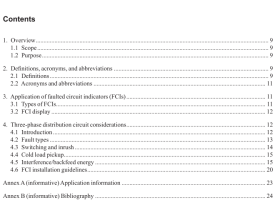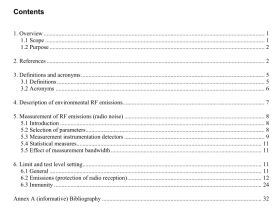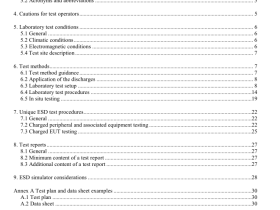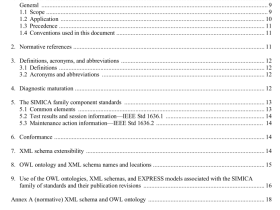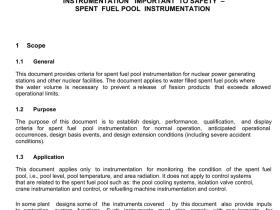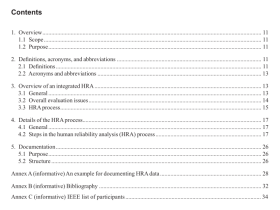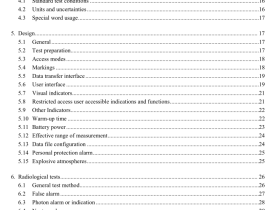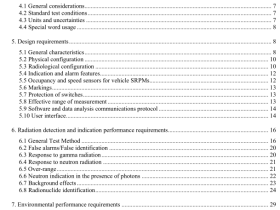IEEE Std 3333.1.1 pdf download
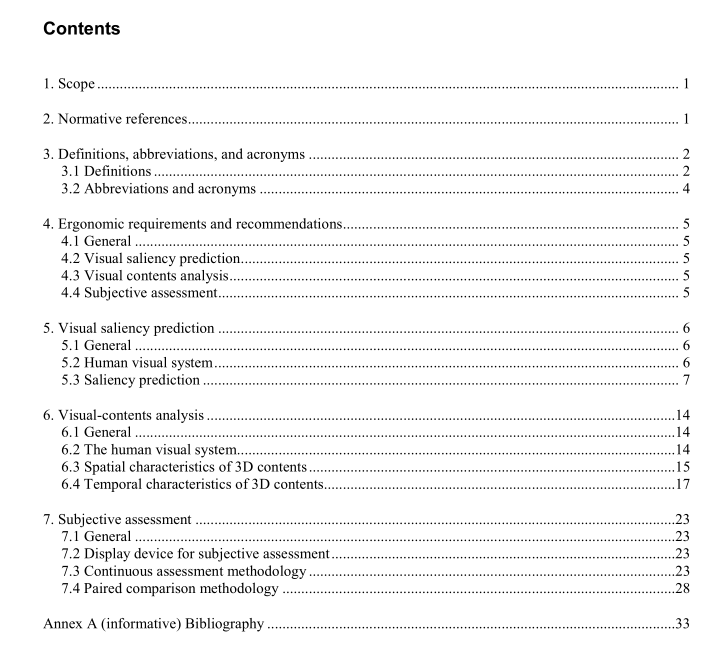
IEEE Std 3333.1.1 pdf download IEEE Standard for Quality of Experience (QoE) and Visual-Comfort Assessments of Three-Dimensional (3D) Contents Based on Psychophysical Studies
The 3D visual activity shall be used to measure the QoE when viewing a 3D video. Highly “active” 3D content often leads to increased visual discomfort; therefore, the use of a perceptual activity measure shall be used to predict the QoE. A subjective study was conducted to evaluate the relation between the human perception of QoE and the 3D visual activity measure. The video sequences used in the subjective test were drawn from the IEEE-SA stereo image database 0. To combine the three factors with appropriate weights k w ( { } C M D k , , ∈ ), an SVR was also applied. The weights computed turned out to be 3557 . 0 = D w ,w , and 1961 . 0 = C w . The computed Pearson linear correlation coefficient (PLCC) (0.7499) and Spearman’s rank correlation coefficient (SROCC) (0.7344) indicate that 3D visual activity functions quite reasonably well as a predictor of QoE [B13].
7. Subjective assessment
7.1 General A new methodology that we call multimodal interactive continuous scoring of quality (MICSQ) for continuous assessment method is introduced in this clause. In addition, the optimal paired comparison method is also investigated in this clause.
7.2 Display device for subjective assessment The results of subjective assessment shall be strongly affected by the performance of display, especially when viewing 3D contents. It is important to note that system crosstalk is independent of the content and it is determined by the display itself (system crosstalk). The system crosstalk shall be defined by position eye – left at the observed image eye – left the of part percentage position eye – left the to leaked image eye – right the of part percentage crosstalk system = (37) Then, the value of system crosstalk for subjective 3D image and video assessments shall be lower than 5%. Preferably, when the value of system crosstalk is lower than 2%, high reliability of the subjective assessment results shall be achieved.
7.3 Continuous assessment methodology
7.3.1 General Continuous assessment methodology has been widely used in most previous studies because of the time- variant 3D content characteristics, such as derivatives of motion and disparity, as shown in ITU-R BT.1438. Conventionally, single stimulus continuous quality evaluation (SSCQE) has been used to assess presence, depth, and naturalness in 2D and 3D videos. However, it is migrated from subjective 2D video quality assessment, and the accuracy of this methodology has not been measured empirically in 3D viewing environments.
Thus, a new reliable subjective assessment methodology for the continuous evaluation in 3D contents named multimodal interactive continuous scoring of quality (MICSQ) is investigated in this standard.
7.3.2 Multimodal interactive continuous scoring of quality (MICSQ) 7.3.2.1 Interaction process of MICSQ MICSQ is based on the interaction process among the 3D display, the assessment tool, and subject(s). It is activated by the device-interaction and human-interaction processes as follows. The device interaction process of MICSQ shall be conducted by using the interaction process between the server and assessment tool in real-time as shown in Figure 10. The two important roles of the server are playing a test sequence and storing the rating score obtained by subjects. To maintain the long-period synchronization, the tablet shall send the duration time from the beginning to the end of the assessment. However, when the subject stops the assessment task by mistake, the device interaction process shall make the assessment task cease and restart from the beginning of the test sequence.
